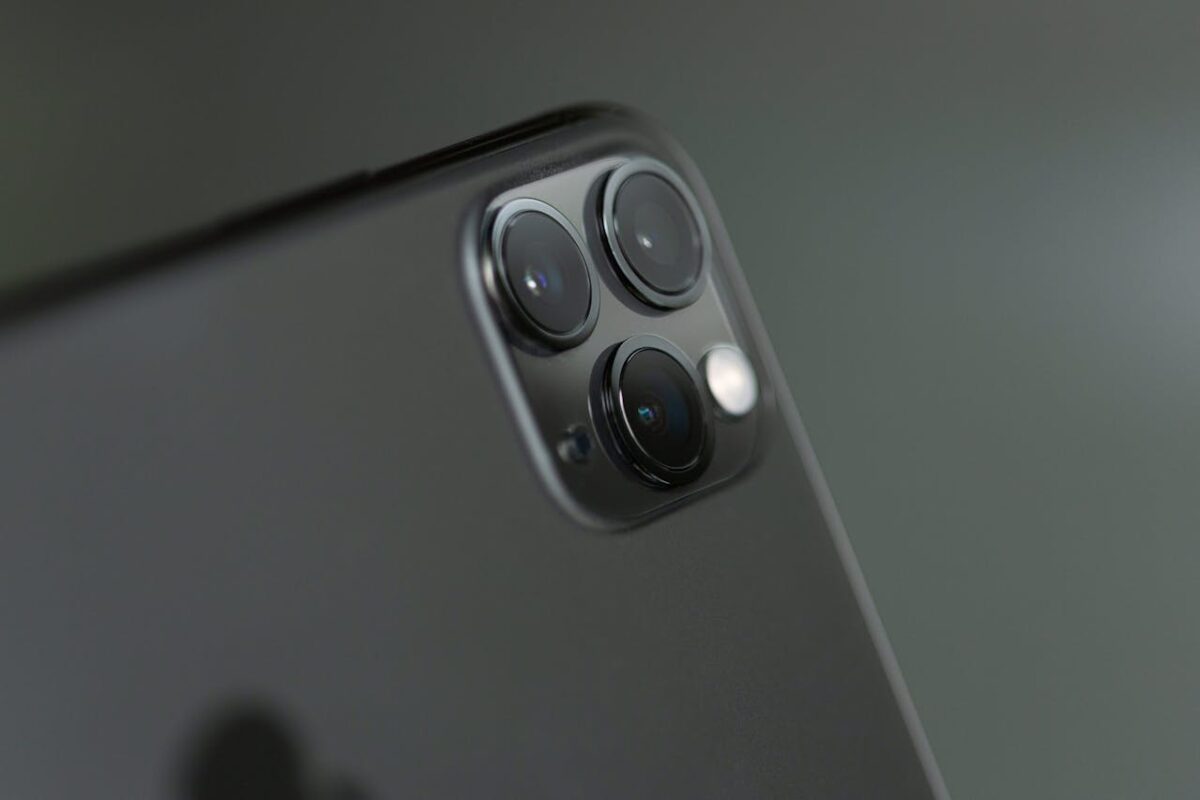An iPhone. It’s a sleek piece of technology, but let’s face it: you want it to last as long as possible, don’t you? With the right care, your iPhone can live a healthy, extended life. Here’s how.

1. Protect Your Battery Health
Battery life: it’s a top concern. The battery is like your iPhone’s heart, and if it wears out, so does your phone’s performance. Did you know that most iPhones lose about 20% of their maximum battery capacity within the first two years? Yikes, right? Here’s how to slow that down:
- Avoid Extreme Temperatures: Your iPhone is most comfortable between 32° to 95°F (0° to 35°C). Anything hotter or colder can stress the battery, making it age faster. Extreme heat, especially, can permanently reduce your battery’s lifespan.
- Don’t Overcharge: Plugging your phone in overnight might feel convenient, but it’s actually harmful over time. Instead, try charging it in shorter, more frequent sessions. Aim to keep the battery level between 20% and 80% for optimal health.
- Use Optimized Battery Charging: Apple introduced this feature to reduce the time your iPhone spends fully charged. You can enable it by going to Settings > Battery > Battery Health & Charging. Once activated, your iPhone learns your charging habits and pauses charging past 80%, completing it right before you unplug.
2. Keep Software Updated
Are you in the habit of ignoring those pesky software update notifications? Well, here’s a trick: don’t. Apple is constantly working on new updates that can improve security, fix bugs, and enhance performance. Regular updates also help your phone stay compatible with apps, keeping your phone running smoothly over time.
- How to Update: Go to Settings > General > Software Update, and if an update is available, download and install it. You can also enable Automatic Updates if you want your iPhone to take care of this for you.
Did you know that each major update includes performance tweaks? For example, iOS 15 included optimizations that reduced memory usage by up to 30%, allowing older models to keep pace with newer apps.
3. Limit Background Activities
Background processes are silent battery drainers. Your iPhone’s apps don’t necessarily stop when you exit them; they keep running, collecting data, refreshing, and slowing things down. So here’s how to put a stop to it:
- Turn Off Background App Refresh: Go to Settings > General > Background App Refresh and switch off any apps you don’t need constantly updating. If you’re really committed, you can turn off this feature entirely.
- Remove Unneeded Data: Your task is to clean up iPhone apps so that they consume less energy. With a free clean up app for iPhone you can free up to 20% of memory. Many users actively use Cleanup App – Phone Cleaner and this is a worthwhile app. If you download a clean up app, you can remove temporary data, duplicate photos and videos in a couple of taps.
- Manage Notifications: Too many notifications? They constantly wake your phone, consume power, and tax the processor. Try reducing notifications by going to Settings > Notifications and only enabling essential alerts.
According to studies, background apps and notifications can contribute up to 20% of daily battery drain. Curbing these can significantly extend your iPhone’s battery life and overall performance.
4. Optimize Your Display Settings
The display is a notorious battery hog. Yes, a bright, vivid screen looks great, but it’s draining your battery faster than you’d think. Here are a few quick fixes:
- Reduce Brightness: Go to Settings > Display & Brightness and adjust the brightness slider. Or, even better, turn on Auto-Brightness so your phone adjusts automatically based on your environment.
- Enable Dark Mode: Not only does this mode look sleek, but it’s also a power-saver, especially if your iPhone has an OLED screen (like in iPhone X or newer models). To enable it, go to Settings > Display & Brightness, then tap Dark.
- Use Low Power Mode: For a quick, all-in-one solution, try Low Power Mode, which automatically reduces screen brightness, limits animations, and pauses background tasks. You can toggle it on under Settings > Battery.
Studies show that Low Power Mode can extend your battery life by up to 40% during a single charge. It’s a small adjustment for a big payoff, especially if you’re running low on juice.
5. Regularly Clean Your iPhone
It’s easy to overlook, but your iPhone gets dirty—really dirty. Dust and grime collect in the charging port, around the speakers, and especially on the screen. But here’s the deal: dirt and debris can affect your iPhone’s performance, cause overheating, and even prevent proper charging.
- Use a Soft Cloth and Gentle Cleaner: For the screen and back, a microfiber cloth works wonders. You can slightly dampen it with water or a mixture of 70% isopropyl alcohol and water for extra cleaning power.
- Clean Out the Charging Port: A can of compressed air can help dislodge any dust or lint that has accumulated. Gently blast air into the port to clear it out.
Keeping your iPhone physically clean can help prevent overheating, which can put a strain on internal components and shorten the lifespan.
6. Take Advantage of Cloud Storage
Storing photos, videos, and apps on your iPhone might seem convenient, but a crowded phone slows down quickly. By moving these files to the cloud, you’re not only freeing up space but also reducing the load on your iPhone’s storage.
- Use iCloud: Apple provides every user with 5 GB of free iCloud storage. Although it’s not a lot, it’s enough for essential backups. Additional storage starts at $0.99 per month for 50 GB.
- Alternative Cloud Services: Google Photos offers free storage for photos under certain conditions, and Dropbox is another reliable option. Moving media to these platforms can free up gigabytes on your iPhone.
Having extra space on your device means smoother performance and a reduced chance of random crashes, which can extend your iPhone’s life.

7. Know When to Replace Components
Sometimes, all the precautions in the world can’t stop natural wear and tear. The battery, for instance, will inevitably degrade over time. Apple suggests replacing your battery when it falls below 80% maximum capacity. By doing this, you’re essentially giving your iPhone a second life.
Visit an Apple Store or a certified repair provider when you need a replacement. Avoid unauthorized service centers, as they may use substandard components that won’t last as long. Investing in a new battery can cost around $49 to $69, but it’s far cheaper than a new phone.
In Conclusion
With these tips, your iPhone can stay as fresh and functional as the day you bought it. Battery care, software updates, and maintenance routines are your best friends in this journey. And when in doubt? A little bit of cleaning and a few tweaks can go a long way. Embrace these habits, and you’ll find that your iPhone can indeed keep up with you—for years.




